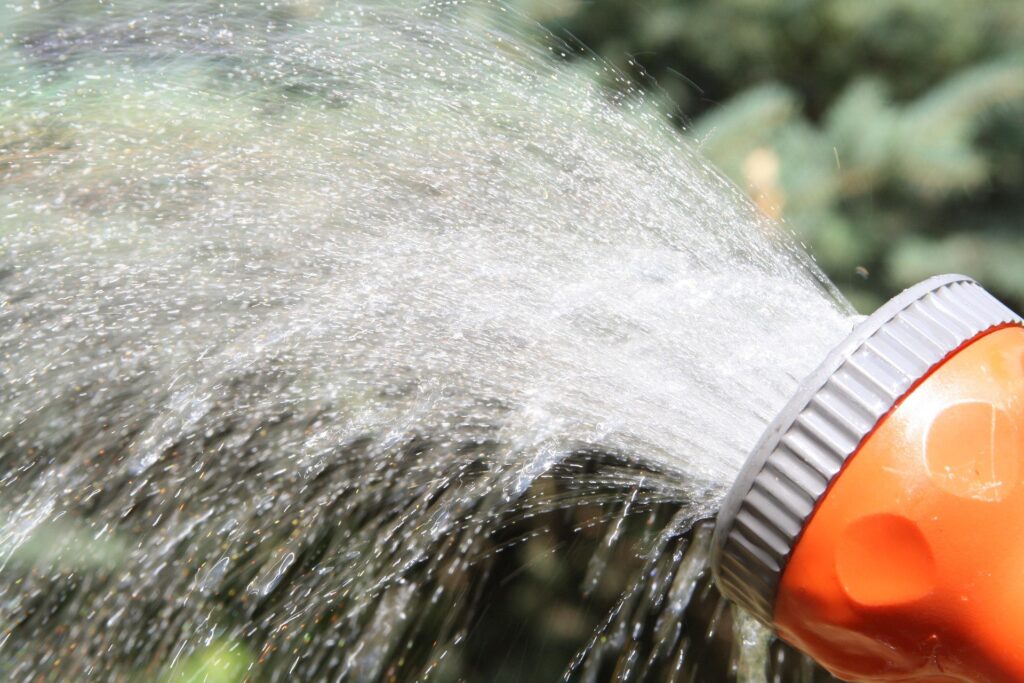
The Surprising Reasons Why Your Lawn Has Brown Spots
Discover the Causes for Ugly Grass & How to Fix It
Nothing ruins the curb appeal of your home faster than ugly brown patches on your lawn. If you’re staring at discolored grass and wondering what’s going on, you’re not alone. Brown spots can appear suddenly, leaving homeowners in Ohio and Michigan frustrated and looking for answers.
The truth is, lawn discoloration may be due to several factors, including:
- Fungal infections
- Environmental stress (heat, drought, poor irrigation)
- Improper lawn care practices
- Pest infestations
The good news? Once you identify the root cause, you can take action to restore your lawn’s health with the help of NexGreen.

Typical Reasons for Brown Spots
1. Fungal Diseases
Fungi love warm, damp conditions. And when they take hold? They can quickly turn sections of your lawn into a patchy, brown mess. Here are the most common fungal invaders:
- Brown Patch & Large Patch
- These diseases create circular brown areas that spread rapidly, especially in humid weather. If left untreated, they can take over large sections of your yard.
- Dollar Spot
- True to its name, this fungus leaves small, silver-dollar-sized brown spots that eventually merge into larger dead zones.
- Gray Leaf Spot & Leaf Spot
- Common in St. Augustine grass, these infections cause yellowing or browning blades, often with dark speckles.
- Spring Dead Spot
- If you have warm-season grass, you might notice circular dead patches after winter. This fungus lies dormant in colder months before wreaking havoc in spring.
- Fairy Rings
- Despite their whimsical name, these dark green or brown rings are far from magical. They form when fungi break down organic matter in the soil, leaving behind unsightly circles.
2. Environmental & Maintenance Issues
Even without disease, your lawn can develop brown spots due to:
- Compacted Soil
- Heavy foot traffic or dense clay soil prevents roots from getting the air, water, and nutrients they need, leading to weak, discolored grass.
- Excess Thatch Buildup
- A thick layer of dead grass and roots acts like a barrier, blocking moisture and nutrients from reaching the soil.
- Drought & Heat Stress
- When temperatures soar and rain is scarce, grass may go dormant and turn brown. While some lawns recover with proper watering, prolonged drought can cause permanent damage.
- Uneven Watering
- Clogged sprinkler heads, poor water pressure, or misaligned irrigation can leave dry patches that never get enough moisture.
- Pet Damage
- Dog urine contains high nitrogen levels, which can burn grass and create small, circular dead spots.
3. Lawn Bugs
Insects might be small, but they can cause major destruction. Here are the usual suspects:
- Grubs: These white, C-shaped larvae feast on grassroots, causing large dead patches that peel back like loose carpet.
- Chinch Bugs: These tiny pests suck the moisture out of grass blades, leaving behind dry, straw-like patches.
- Caterpillars: They chew through grass stems and roots, weakening your lawn and creating irregular brown areas.

How to Fix & Prevent Brown Spots
1. Treat Fungal Infections Early
If you spot signs of fungus, apply a targeted fungicide immediately. The sooner you act, the better your lawn’s chance of recovery. Always follow label instructions for best results.
2. Water Smart
- Deep, infrequent watering (1 inch per week in winter, 2 inches in summer) encourages strong roots.
- Water in the early morning so grass dries by nightfall, reducing fungal risk.
- Fix irrigation issues to ensure even coverage.
3. Aerate & Dethatch
If your soil is compacted or thatch is over ½ inch thick, core aeration and dethatching can restore airflow and nutrient absorption.
4. Mow the Right Way
- Never cut more than ⅓ of the grass blade at once.
- Keep mower blades sharp to avoid ragged cuts that stress the lawn.
- Leave clippings (unless diseased) to return nutrients to the soil.
5. Fertilize Strategically
A balanced fertilizer strengthens grass against disease and stress. Avoid high-nitrogen formulas in summer, as they can fuel fungal growth.
Say Goodbye to Brown Spots for Good
Now that you know the main causes of lawn discoloration, you can take action to revive your grass. Get in touch with the lawn care experts at NexGreen. We offer lawn care services in Ohio communities around the areas of Westerville, OH and Columbus, OH.
We also provide pest control and lawn care services in Michigan for areas near Sterling Heights, MI and Rochester Mills, MI.
No matter your location, in Ohio or Michigan, we offer customized plans to keep your lawn at its best. Call us now!
